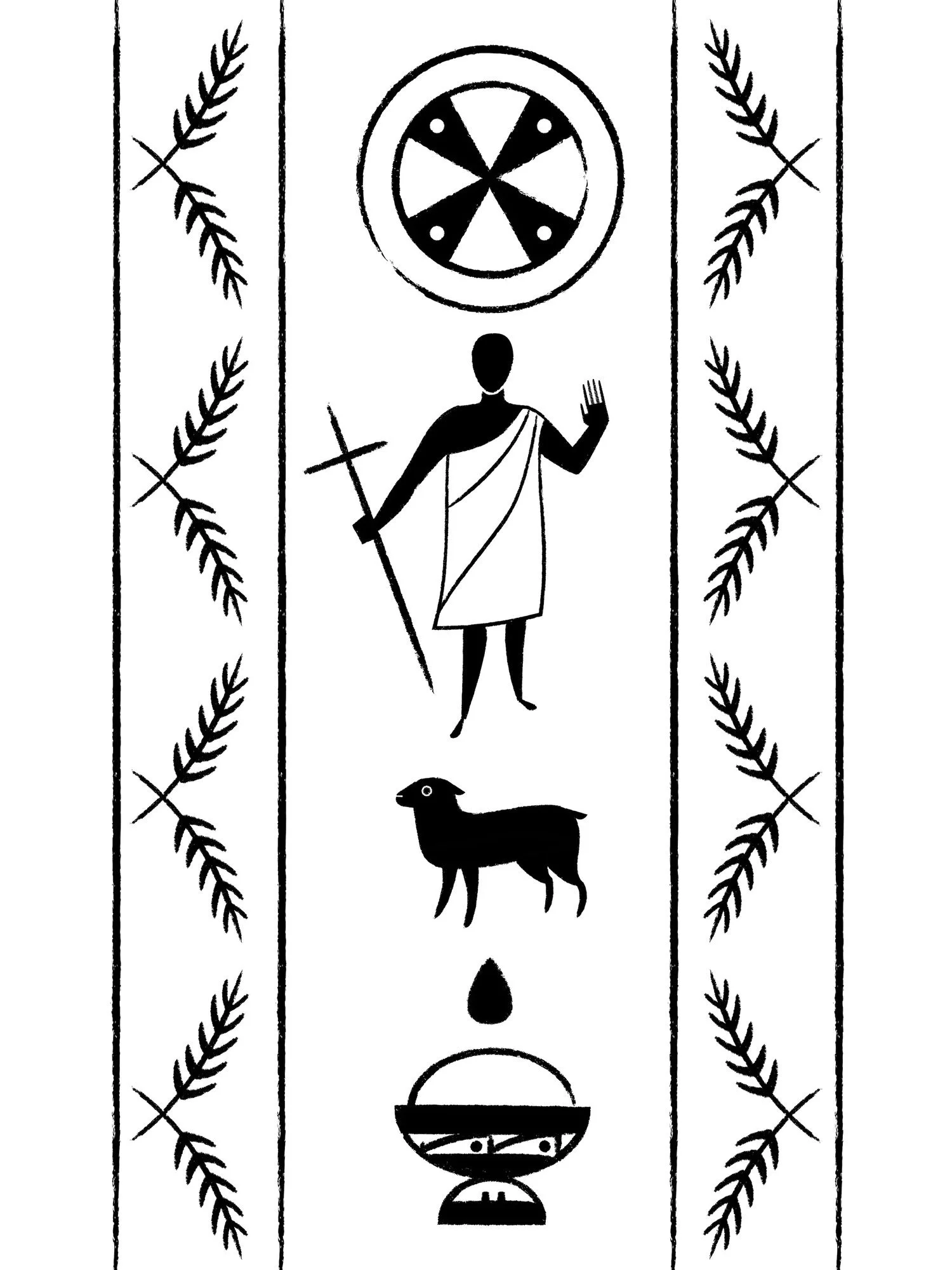Iconography Pt 2: The Good Shepherd
The Missio Dei blog is intended to provide space for a diverse array of voices, stories, and experiences from within and around our community. While we celebrate the ongoing journey of each beloved member of our community and contributor to our blog, the views expressed here do not necessarily reflection the positions, beliefs, or views of Missio Dei as an organization.
By Jessica Wiarda
This week we have a special contribution from Jessica Wiarda - an artist in our community. Through extensive research on the historical uses of iconography as a pathway to contemplation and worship, and in concert with our ongoing series on images of God as revealed in Jesus, Jess has given us a fantastic new icon made especially for the Missio community. This piece will soon occupy our lobby as a new permanent installation in our shared space. If you have other ideas for artistic engagement in our community or a contribution for the blog, please reach out to david@missiodeislc.com . - Ed.
In this piece, I wanted to echo the long tradition of icons in Christian tradition, so I drew many of the elements of this piece from that tradition. The earliest depictions of Jesus were of a man tending sheep, symbolizing his role as the Good Shepherd. A black sheep is used to describe someone that doesn't belong with the rest of the flock. Like the black sheep, Jesus died alone in his crucifixion but won over death - providing belonging to so many others in the act. The shield has traditionally been used as a symbol of divine protection in the Old Testament, but in the New Testament it's the shield of faith from Ephesians 6, connoting that faith is our protection. The blood drop, of course, symbolizes the sacrifice of Jesus’s atoning death on the Cross and his commitment to communion between believers and with God is shown in the chalice. My hope with this piece is that it will tie our congregation even more deeply to the long story of God and His people - a story in which we can each and all belong.


